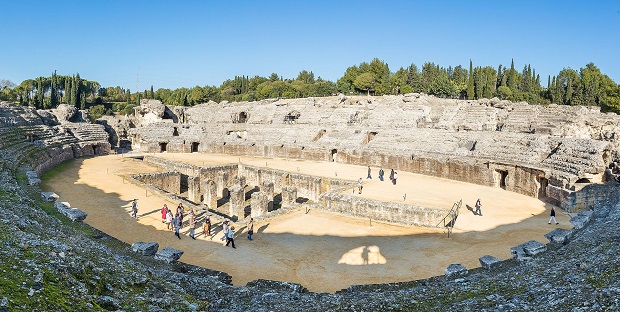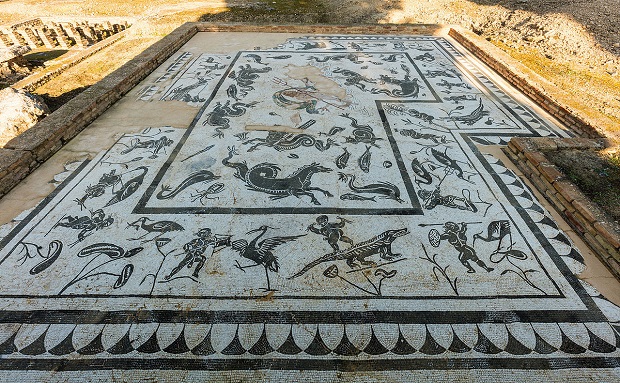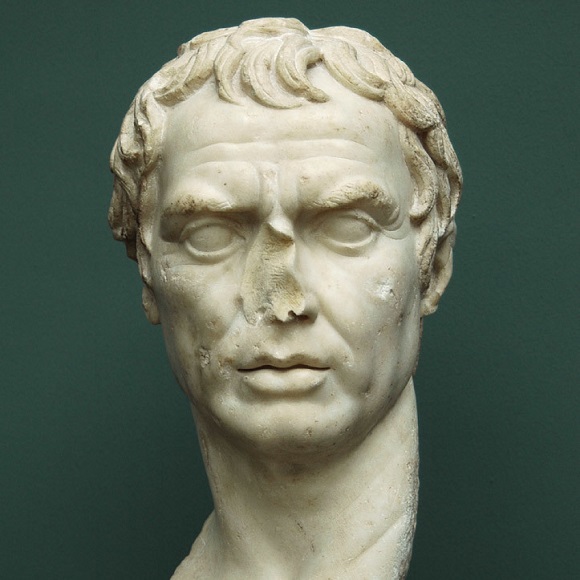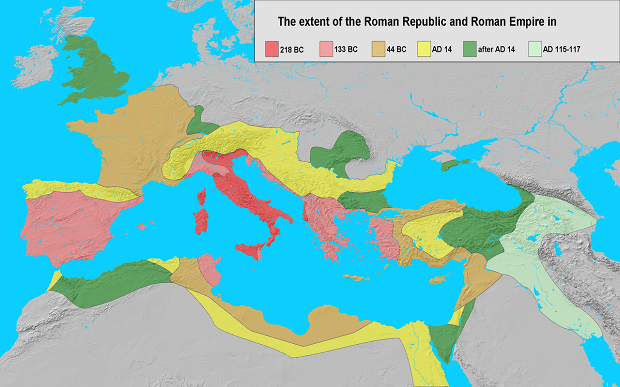Birth
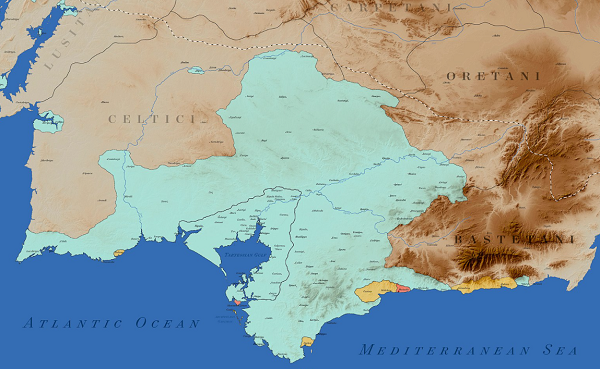
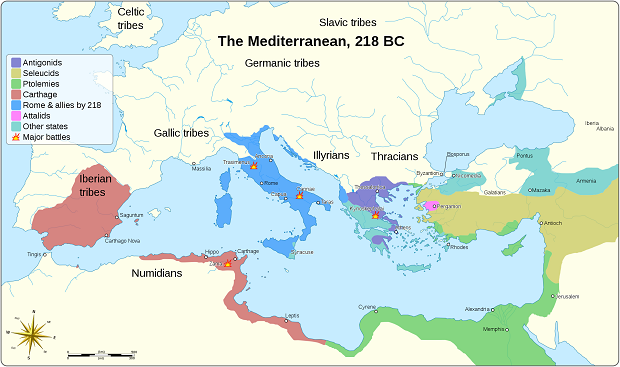
The area of modern day Seville was first inhabited around 8th B.C. The first town at the site was then called Ispal and was founded by the Tartessians, indigenous pre-Roman Iberian people, who controlled the areas around the mouth of River Guadalquivir.
The Tartessian territory was first pillaged and then dominated by the Carthaginians who became the masters of the Iberian peninsula after the 6th century B.C. Just before the Second Punic War (218 BC) Romans took over Western Mediterranean, a dominance sealed after the military victories of their general Scipio Africanus (210-205 B.C) in Hispania.
After the end of the Second Punic War (c.201 B.C) Hispania was evacuated by the Punic army. Following their retreat the Roman city of Italica (Birthplace of Roman Emperors Trajan & Hadrian) was founded on a hill about 10 km outside Seville. In the same time the Tartessian town of Ispal was renamed into Hispalis .
It was Julius Caesar himself who granted the status of Roman colony to Hispalis, which grew into one of the most prominent cities of Hispania. (Ranked 10th among the most important cities of the Empire *Latin Poet Ausonious). Italica grew as a residential area while Hispalis was the commercial center of the region.
